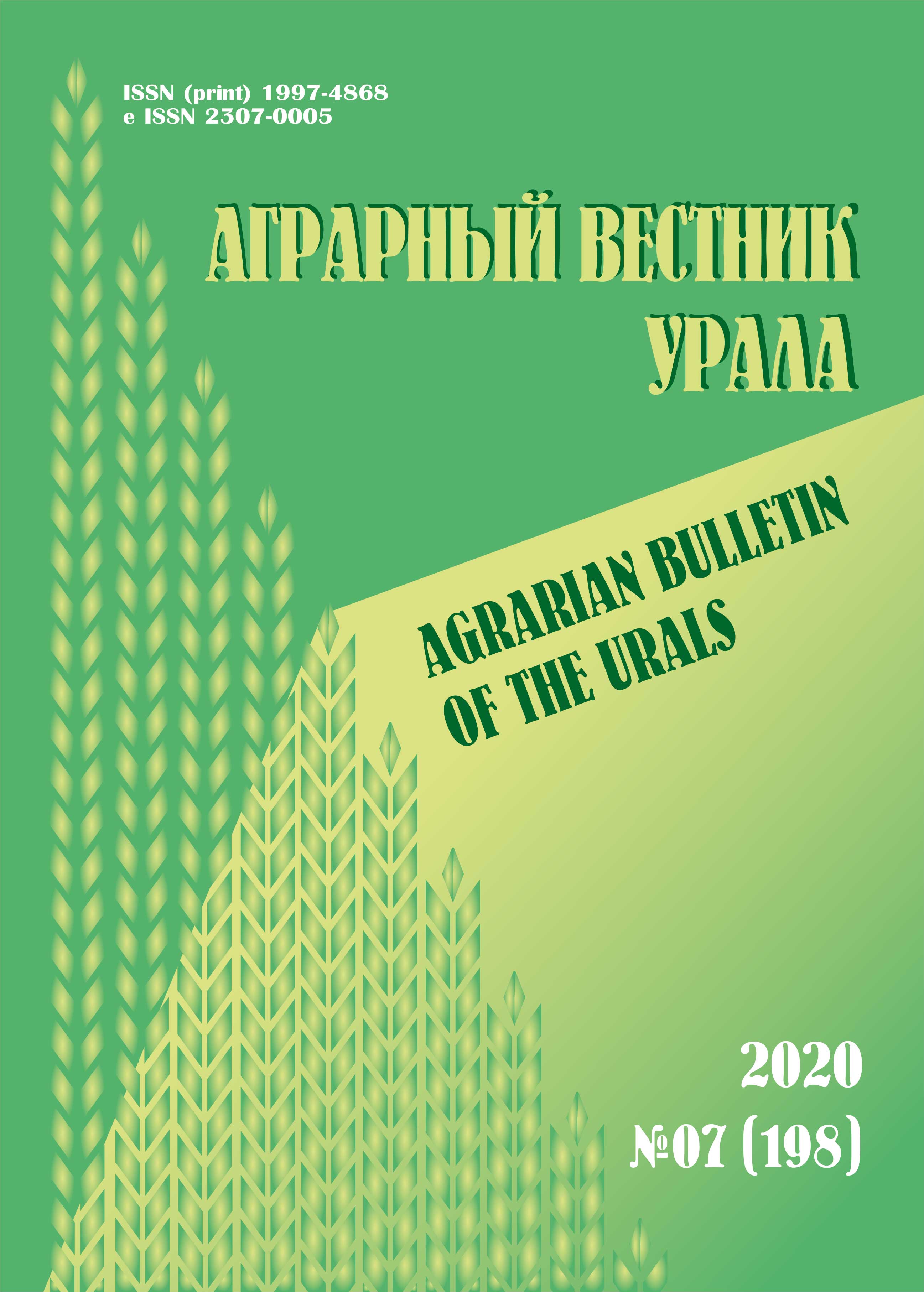Abstract. The article provides information on the phenological phases of peach plant varieties, such as bud opening, flowering, fruit ripening and end of vegetation. The purpose of the research is the study of agrobiological features of newly introduced peach varieties in Guba-Khachmaz region Azerbaijan from Spain, as well as the active development phases of varieties and selection of high-yielding varieties adapted to the soil and climatic conditions of the region. Materials and methodology. The research work was carried out on 18 varieties of peach and nectarine, introduced from Spain and planted in 2014: Melox-26, Melox-31, Melox-37, Netix-25, Netix-28, Netix-30, Netix-34, Redix-25, Redix-27, Redix-30, Redix-2-110, Malix-25, Malix-36, Malix-145, Guayox-30, Guayox-35, Gartairo, Gardeta. Fadai was used as a control variety. Research work on the basis of generally accepted methodology (“Methodology and program of sorting of fruits, berries and nut crops ”, Michurinsk 1973; G. E.Schultz, 1981) conducted. Results. Observations over the years of research show that the average duration of ripening of peach varieties is 82–163 days. Depending on the economic-biological characteristics of peach and nectarine varieties introduced in Guba-Khachmaz economic region and soil-climatic features of the area, the vegetation period from the opening of shoots to the end of leaf fall lasted 229–235 days. The effective air temperature (sum of temperatures above +5 °C) at the end of leaf fall was 3676.3–3815.8 °C depending on the varieties.
introduction, peach, variety, phenological phases, Guba-Khachmaz economic region
1. Suprun I. I., Smykov A. V., Stepanov I. V. Ispol’zovanie mikrosatellitnykh markerov dlya DNK-pasportizatsii i izucheniya geneticheskikh vzaimosvyazey sortov persika, blizkikh po proiskhozhdeniyu [The use of microsatellite markers for DNA-certification and study of the genetic relationships of peach varieties that are close in origin] // Bulletin of the GNBS. 2019. Iss. 130. Pp. 99-107. DOI:https://doi.org/10.25684/NBG.boolt.130.2019.13. (In Russian.) EDN: https://elibrary.ru/ZAVYAH
2. Suprun I. I., Smykov A. V., Stepanov I. V., Tokmakov S. V., Fedorova O. S., Ivashchenko Yu. A. SSR-fingerprinting i izuchenie geneticheskikh vzaimosvyazey sovremennykh sortov persika iz kollektsii genofonda Nikitskogo Botanicheskogo Sada [SSR-fingerprinting and the study of genetic relationships of modern peach varieties from the collection of the gene pool of the Nikitsky Botanical Garden] // Biotechnology as an Instrument for Plant Biodiversity Conservation (physiological, biochemical, embryological, genetic and legal aspects): proceedings of the VIII International Scientific and Practical Conference. Yalta, 2018. Pp. 92-93. (In Russian.)
3. Belisle C., Uyen T. X., Koushik Adhikari, Chavez D. J. Cultivars Grown in the Southeastern United States // HortTechnology. 2018. No. 28 (2). Pp. 189-201. DOI:https://doi.org/10.21273/HORTTECH03870-17.
4. Chen Ch., Okie W. R. Characterization of Polymorphic Chloroplast Microsatellites in Prunus Species and Maternal Lineages in Peach Genotypes // Journal of the American Society for Horticultural Science. 2017. No. 142 (3). Pp. 217-224. DOI:https://doi.org/10.21273/JASHS04070-17. EDN: https://elibrary.ru/YGNJUX
5. Fadon E., Rodrigo J., Herrera S. Chilling and Heat Requirements of Temperate Stone Fruit Trees (Prunus sp.) // Agronomy. 2020. No. 10 (3). Pp. 409-441. DOI:https://doi.org/10.3390/agronomy10030409.
6. Felts M., Threlfall R. T., Worthington M. L. Physicochemical and Descriptive Sensory Analysis of Arkansas-grown Peaches and Nectarines // HortScience. 2019. No. 54 (2). Pp. 226-235. DOI:https://doi.org/10.21273/HORTSCI13306-18.
7. Liu J., Lindstrom O. M., Chavez D. J. Differential Thermal Analysis of ‘Elberta’ and ‘Flavorich’ Peach Flower Buds to Predict Cold Hardiness in Georgia // HortScience. 2019. No. 54 (4). Pp. 676-683. DOI:https://doi.org/10.21273/HORTSCI13518-18.
8. Liu H., Cao K., Zhu G. et al. Genome-wide Association Analysis of Red Flesh Character Based on Resequencing Approach in Peach // Journal of the American Society for Horticultural Science. 2019. No. 144 (3). Pp. 209-216. DOI:https://doi.org/10.21273/JASHS04622-18. EDN: https://elibrary.ru/SFOUFU
9. Meneses C., Lillo-Carmona V., Espinoza A. et al. Identification of Metabolite and Lipid Profile in a Segregating Peach Population Associated with Mealiness in Peach // Preprints. 2020. Mar. Pp. 1-18. URL: https://www.preprints.org/manuscript/202003.0075/v1/download (date of references: 22.07.2022). DOI:https://doi.org/10.20944/preprints202003.0075.v1.
10. Penso G. A., Citadin I., Scariotto S. et al. Development of Peach Flower Buds under Low Winter Chilling Conditions // Agronomy. 2020. No. 10 (3). Pp. 428-448. DOI:https://doi.org/10.3390/agronomy10030428.
11. Simnitt S., Borisova T., Chavez D. et al. Frost Protection for Georgia Peach Varieties: Current Practices and Information Needs // HortTechnology. 2017. No. 27 (3). Pp. 344-353. DOI:https://doi.org/10.21273/HORTTECH03590-16.
12. Tang L., Chhajed S., Vashisth T. et al. Transcriptomic Study of Early Responses to the Bud Dormancy-breaking Agent Hydrogen Cyanamide in ‘TropicBeauty’ Peach // Journal of the American Society for Horticultural Science. 2019. No. 144 (4). Pp. 244-256. DOI:https://doi.org/10.21273/JASHS04686-19. EDN: https://elibrary.ru/JTSLNT
13. Wheeler W., Wytsalucy R., Black B. et al. Drought Tolerance of Navajo and Lovell Peach Trees: Precision Water Stress Using Automated Weighing Lysimeters // HortScience. 2019. No. 54 (5). Pp. 799-803. DOI:https://doi.org/10.21273/HORTSCI13806-18.
14. Zhao Sh., Yue Ch., Luby J. et al. U. S. Peach Producer Preference and Willingness to Pay for Fruit Attributes // HortScience. 2017. No. 52 (1). Pp. 116-121. DOI:https://doi.org/10.21273/HORTSCI10966-16.
15. Zhou Q., Melgar J. C. Tree age influences nutrient partitioning among annually removed aboveground organs of peach // HortScience. 2020. No. 55 (4). Pp. 560-564. DOI:https://doi.org/10.21273/HORTSCI14731-19.









